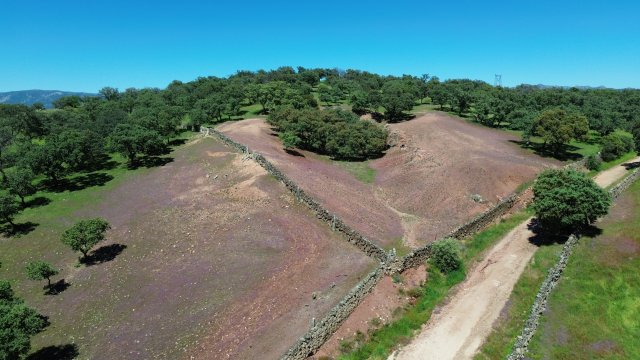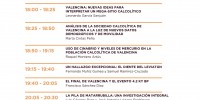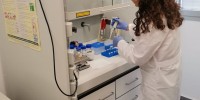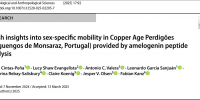By a team from the universities of Seville and Göteborg, directed by profs. Mark A. Hunt Ortiz and Johan Ling, and within the framework of the Maritime Encounters project , from April 22 to May 17, 2024, a selective Archaeo-Metallurgical survey has been carried out in the NE of the province of Córdoba, NW of the province of Jaén and S of the province of Ciudad Real. The main objective has been the location and archaeological and geochemical characterization of copper mineralizations with known compositions of lead isotopes similar to those shown by Late Bronze Age archaeological copper-based metals in Scandinavia.
Ultimately, the main objective is to scientifically corroborate the proposed hypothesis that since the 14th century BC, the copper mineralizations of the South of the Iberian Peninsula were one of the main sources of raw materials used for the manufacture of metal objects in Scandinavia, with the maritime connection being the main mean of exchange.
In the absence, still, of analytical results and chronological precision of the prehistoric mining works, characterized by the presence of grooved stone hammers, the results of the MES-2024 made clear the importance during prehistory of the exploitation of copper mineralizations in these areas of Sierra Morena, areas that are well connected, through the river network and the Guadalquivir valley, with oceanic and Mediterranean maritime routes.




